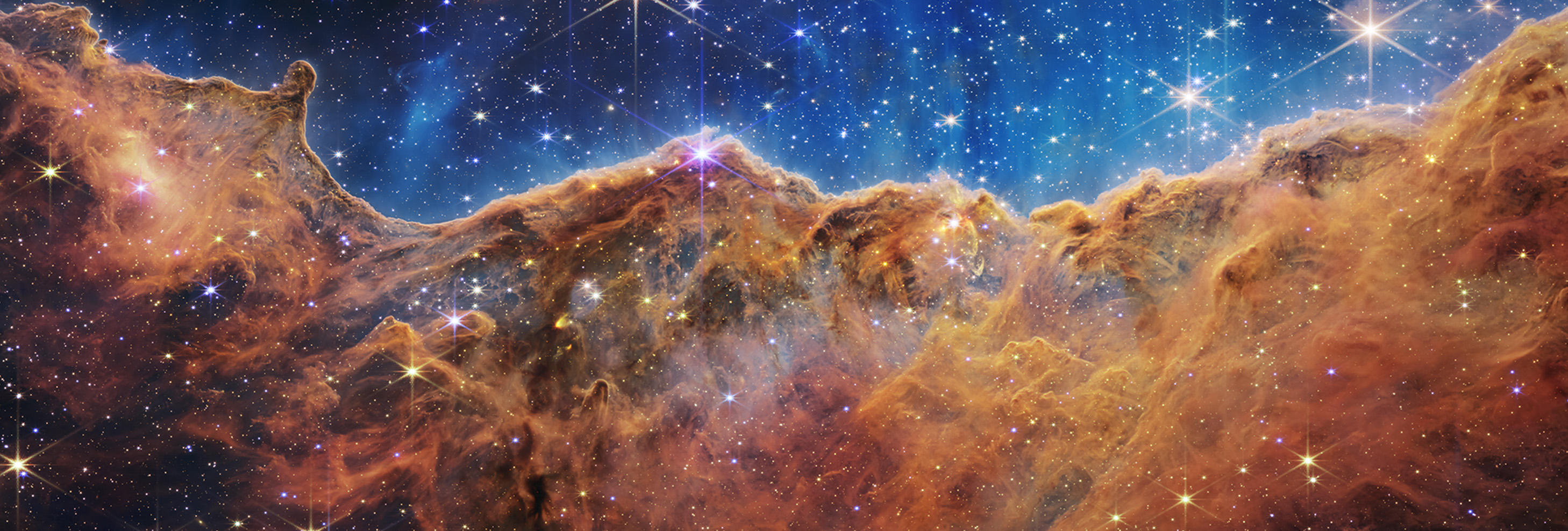UCLan's free public event to celebrate most powerful telescope ever made
The University of Central Lancashire (UCLan) is marking the anniversary of the launch of the most powerful telescope ever made with a free public lecture next Wednesday, 7 December.
Since its launch from Guiana Space Centre on Christmas day 2021, the James Webb Space Telescope (JWST) has been amazing the world with its technological brilliance and revolutionary science. Now, almost a year since the launch of the most powerful telescope ever made, the University of Central Lancashire (UCLan) invites the public to explore the amazing science it’s achieved.
The University’s Jeremiah Horrocks Institute for Mathematics, Physics and Astronomy will welcome Dr Pamela Klaassen, from the UK Astronomy Centre in Edinburgh, to deliver its latest public lecture on Wednesday, 7 December, 6.30pm – 8.00pm.
Dr Klaassen will talk about the JWST journey that has taken us to where we are today, making stops at construction, launch, and commissioning, before arriving at some of the amazing science already achieved with this amazing space telescope.
The event will take place at Darwin Lecture Theatre on Wednesday, 7 December, 6.30pm – 8.00pm. It is free to attend but people are asked to register online. For more information, email Victor Debattista.
About the image
Carina NGC 3324 (NIRCam Image)
CREDITS: NASA, ESA, CSA, STScI
The image is divided horizontally by an undulating bottom portion and a comparatively clear line between a upper portion cloudscape . Speckled across both portions is a forming a nebula starfield, along the showing innumerable stars of many sizes.
The smallest of these are small, distant, and faint points of light. The largest of these appear larger, closer, brighter, and more fully resolved with 8spikes. The upper portion of the image is blueish, and has wispy translucent cloudpoint diffraction like streaks rising from the nebula below. The orangish cloudy formation in the bottom half varies in density and ranges from translucent to opaque. The stars vary in colour, the majority of which, have a b lue or orange hue.
The cloudlike structure of the nebula contains ridges, peaks, and valleys an appearance very similar to a mountain range. Three long diffraction spikes from the top right edge of the image suggest the presence of a large star just out of view.

